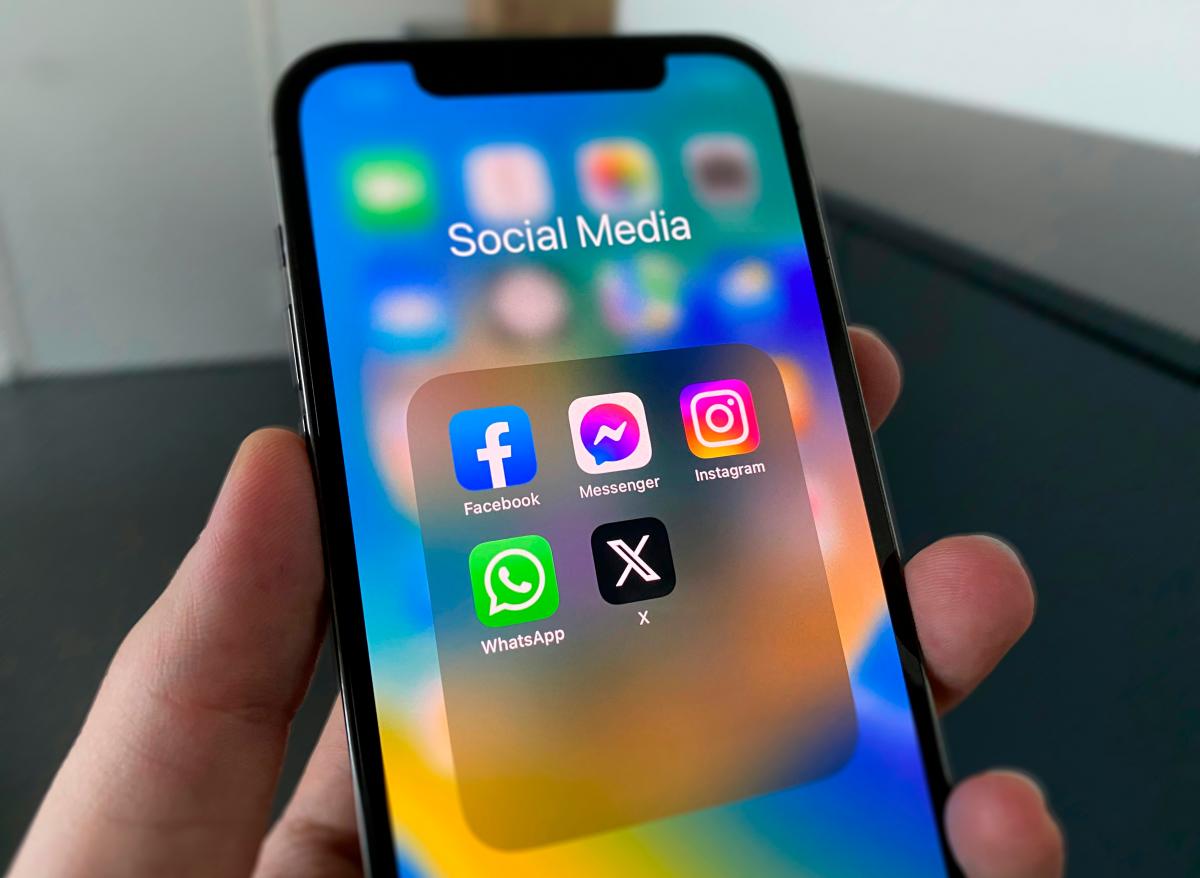PETALING JAYA: Malaysia must boost digital literacy and embed local hotlines into social media platforms to shield youths from rising suicide-related risks, says an expert.
As the world marked World Suicide Prevention Day yesterday, the occasion serves as a reminder that protecting youths requires not only systemic support but also everyday conversations at home, in schools and online.
Universiti Teknologi Mara Communication and Media Studies Faculty senior lecturer Dr Hamizah Sahharon said many Malaysians remain unaware of these dangers or how to protect themselves, leaving youths especially vulnerable.
She emphasised the need for digital literacy education among young people, parents and teachers as online risks such as cyberbullying, scams, grooming and privacy breaches grow.
“To help young people stay safe online, digital literacy programmes must be youth-centred, practical and collaborative. The Malaysian Youth Mental Health Index 2023 (MyMHI’23) shows that youths use positive coping strategies such as leisure activities, worship and outdoor pursuits, with family support acting as a strong protective factor.
“External evidence highlights the need for early, continuous digital education in schools, co-designed with youth to keep it relevant and empowering, especially for vulnerable groups.”
She also said youths face rising exposure to suicide-related content online, with studies showing 13.7% were cyberbullying victims, 17.1% engaged in suicidal behaviours
and suicide attempts among adolescents climbing to 6.9%, often linked to bullying.
She added that the Covid-19 pandemic heightened vulnerability as more young people went online, where social media acted as both a risk and a resource.
“Analyses of Malaysian X (formerly Twitter) activity revealed frequent suicide-related posts, ranging from awareness and government criticism to direct expressions of suicidal feelings.
“MyMHI’23 also shows youths are highly engaged with social media, with 21.8% feeling upset and 17.1% demotivated when posts failed to attract likes or positive comments. Their mental health is tied to online validation, making them vulnerable when harmful content spreads.”
Hamizah said such content circulates quickly through social media, messaging apps and private groups, especially at night, on weekends and during school holidays when teens are most active.
It ranges from self-harm and suicide posts to eating disorders, risky behaviour, hate speech and fake news, often stumbled upon unintentionally.
“Key stressors such as social expectations, body image and achievement pressures are amplified online. Harmful content on beauty standards, academic struggles
and ‘success culture’ thrives, often resurfacing during exam periods or in peer groups that migrate to WhatsApp or Telegram after moderation.”
Risks increase with longer screen time, chatting with strangers and
a sense of “freedom” online, particularly for youths already under stress. Content is often shared impulsively when it becomes popular or is forwarded by trusted friends.
She added that many adolescents communicate suicidal intentions indirectly through diaries, memos or online posts, with about half who die by suicide leaving notes or digital clues, often mistaken for teenage moodiness or academic stress.
“Evidence shows youths benefit when parents and peers are equipped to discuss risks and build resilience through trust-based approaches, unlike secretive monitoring that undermines trust.
“Keeping young people safe online is not about spying on them. It works better to build trust, teach skills and give them more control.”









